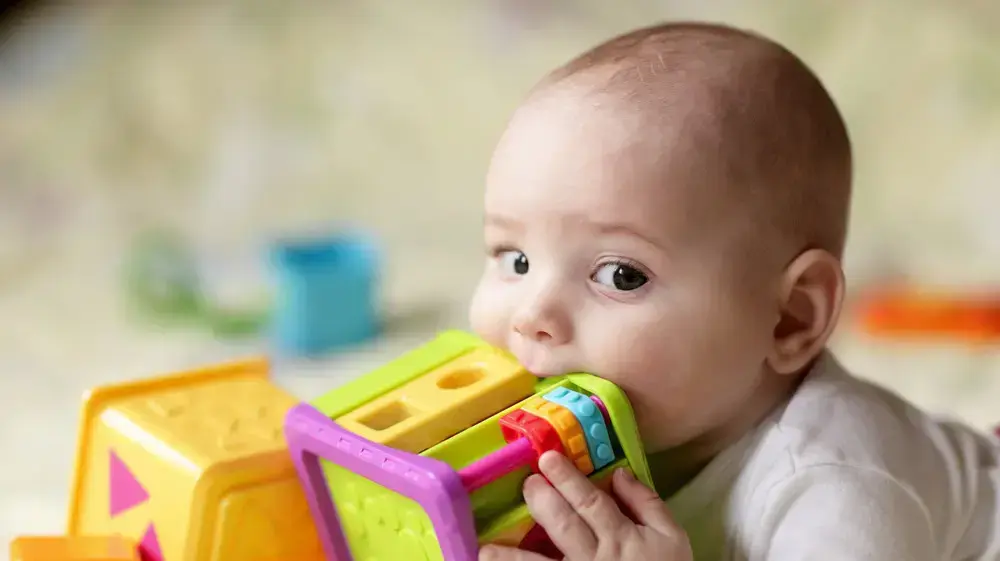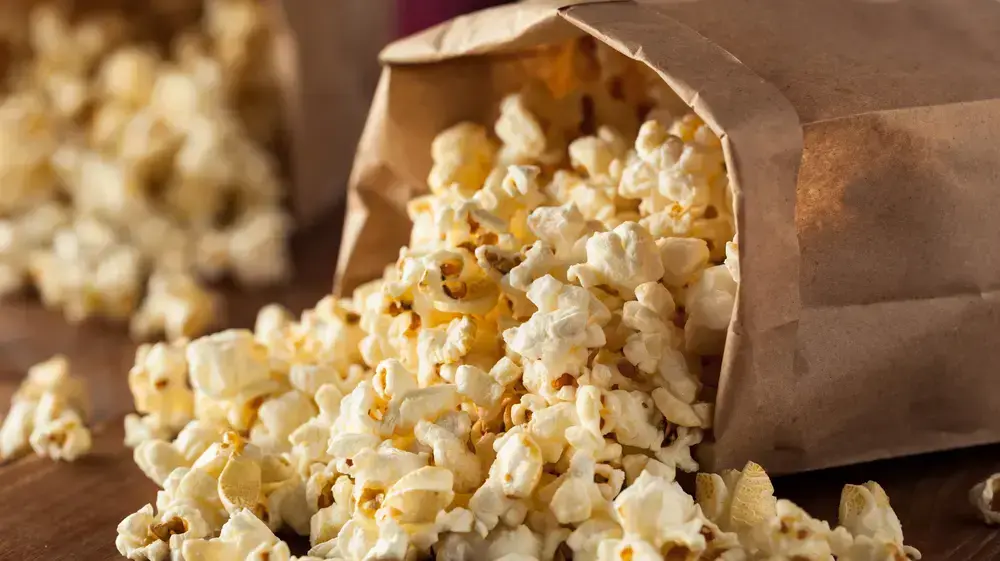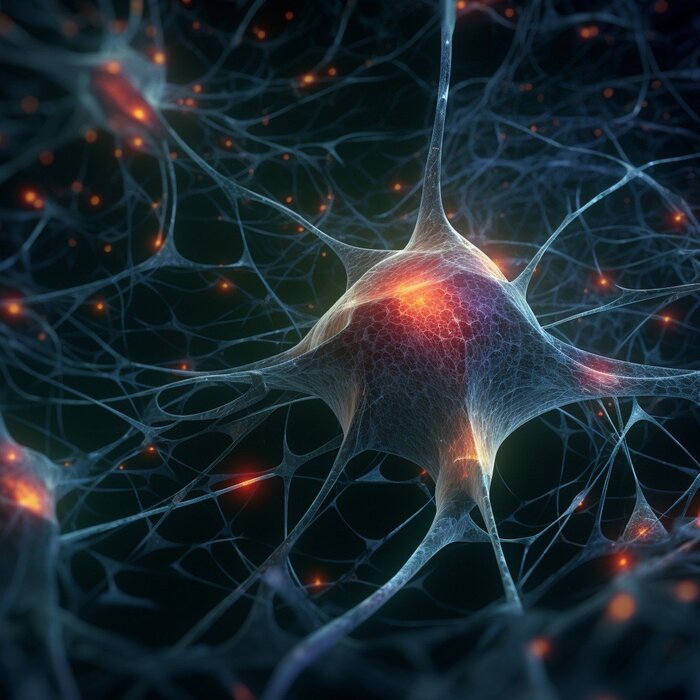health
parenthood
Child health
Huge research: These are the harmful chemicals found in children's toys
A comprehensive international study has identified more than a hundred problematic chemicals in use in the plastic toys industry for children.
At some point, laws may be enacted to restrict their use, but until then, this is the researchers' recommendation to parents
Tags
Toys
Dangerous toys
Children
Walla!
health
Wednesday, 03 March 2021, 07:00
Share on Facebook
Share on WhatsApp
Share on general
Share on general
Share on Twitter
Share on Email
0 comments
126 Chemicals that may be harmful to the health of children.
A boy playing with Lego (Photo: ShutterStock)
For years, scientists and researchers have been trying to delve into the potential risks inherent in chemicals found in children's plastic toys.
Now, a huge, world-wide study reveals how common this risk is.
In an international study, researchers analyzed the chemical composition of toys and made an estimate of the degree of exposure of humans to these substances.
They have identified more than a hundred "worrying chemicals" in plastic toys, which they say could pose a significant threat to children's health.
More on Walla!
The nutrition of your children will affect them in adulthood as well
To the full article
Out of 419 chemicals identified in hard, soft, foam-like plastics used in the children's toy industry, we discovered 126 substances that could endanger children's health, whether because they were carcinogenic or could cause other, non-cancerous damage. Including 31 plastics, 18 durable materials Fire and 8 fragrances, "explained Peter Pantka, a sustainability researcher at the University of Denmark.
The degree of risk from exposure is related to the type of material, its level and also how the toy is used.
Girls play at "tea party" (Photo: ShutterStock)
The researchers explained that while in some countries the world has laws and regulations regarding the use of potentially toxic chemicals in plastic toys, there is no uniform international standard that regulates this and that the current situation does not strictly prohibit the widespread use of harmful chemicals in children.
"Existing regulations focus on specific chemicals (such as phthalates, refractories containing bromine and heavy metals, for example), and often do not cover the wide range of chemicals found in plastic toys," the researchers wrote in an article published in the journal Environment International.
"In addition, there are banned toxic substances that are still present in plastic toys even in countries where there is regulation, for example in cases of toys made of recycled plastic that sometimes comes from countries where there is no control over the issue."
More on Walla!
The child was barely in compulsory kindergarten this year, how to prepare him for first grade?
Lots of kids are suffering from regressions now.
How do you help them?
"I feel alone": The children who did not return to school talk about the difficulty
The treatment for knee and back pain that returns to full function - without pain
A child in a Western country accumulates plastic toys weighing more than 18 kg every year. A pile of plastic toys (Photo: ShutterStock)
To shed light on the extent of the problem, researchers have compiled a list of the chemical components of the materials used to make children's toys - information that is not usually accessible to toy manufacturers, but has been shown and analyzed in a number of scientific investigations in the past.
The researchers pooled information from 25 peer-reviewed studies and assessed the risks associated with exposure to these substances, based on how the toy is played with.
Panteca and colleagues created a list of disturbing chemicals, and rated them.
The substitutes are toxic in themselves
"We combined the reported composition of toy materials, material properties and toy usage patterns - like how long on average children play with a particular toy, is it something that can be put in the mouth, and also calculated how many toys there are in an average home with children," explained one researcher.
The data collected by the researchers were fed to the models they created to estimate the degree of exposure of children to substances and the minimum threshold of exposure to substances below which there is no significant risk to the child's health.
Of the 126 problematic chemicals identified by the researchers, 27 are already on the lists of supervised or banned substances in some of the countries of the world (and yet, still found in toys tested in the study).
In addition, the researchers identified 17 other substances that they also defined as "worrying" and do not appear in any of the lists of controlled substances or regulatory laws regarding their use in the manufacture of plastic toys.
According to them, these substances may be just as dangerous as the substances that are already under regulation.
It is also possible otherwise.
A boy playing with wooden toys (Photo: ShutterStock)
Some of these substances have come into use in the industry as substitutes for other substances that have been defined as dangerous or carcinogenic, but now it turns out that they themselves are also dangerous.
Additional substances identified in the study were defined by the researchers as having the potential to be harmful to health, but were found at relatively low levels or for various reasons it was not possible to quantify the degree of risk resulting from exposure to them.
The researchers recommend establishing maximum threshold conditions for the content of the chemicals identified in their study, which will be used to determine the maximum content that these chemicals can have in toys intended for children, thus producing a uniform standard that will bridge regulatory gaps that exist in different countries around the world.
They hope that the decision-makers in the various governments will adopt the threshold conditions they have created according to their calculations, but until that happens, there is another type of decision-makers who can already implement the conclusions that emerge from this study - parents.
Stop surrounding children with plastic toys
The simplest recommendation that researchers have for parents of children is to stop encircling them with plastic toys.
According to some data collected in the study, children in Western countries accumulate an average of 18.3 kilograms of plastic toys every year.
And we are only now beginning to understand what this plastic mass really contains within it.
"The best way to reduce exposure to problematic chemicals in plastic toys is to reduce the number of new toys entering the home each year. This move is also supported by another study that found that children's play quality is negatively affected by the abundance of toys available to them and that a smaller amount of toys helps. Toddlers focus better on the game and exercise more creativity, "the researchers wrote.
Share on Facebook
Share on WhatsApp
Share on general
Share on general
Share on Twitter
Share on Email
0 comments








